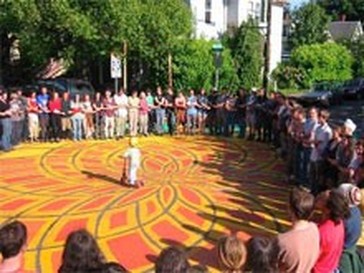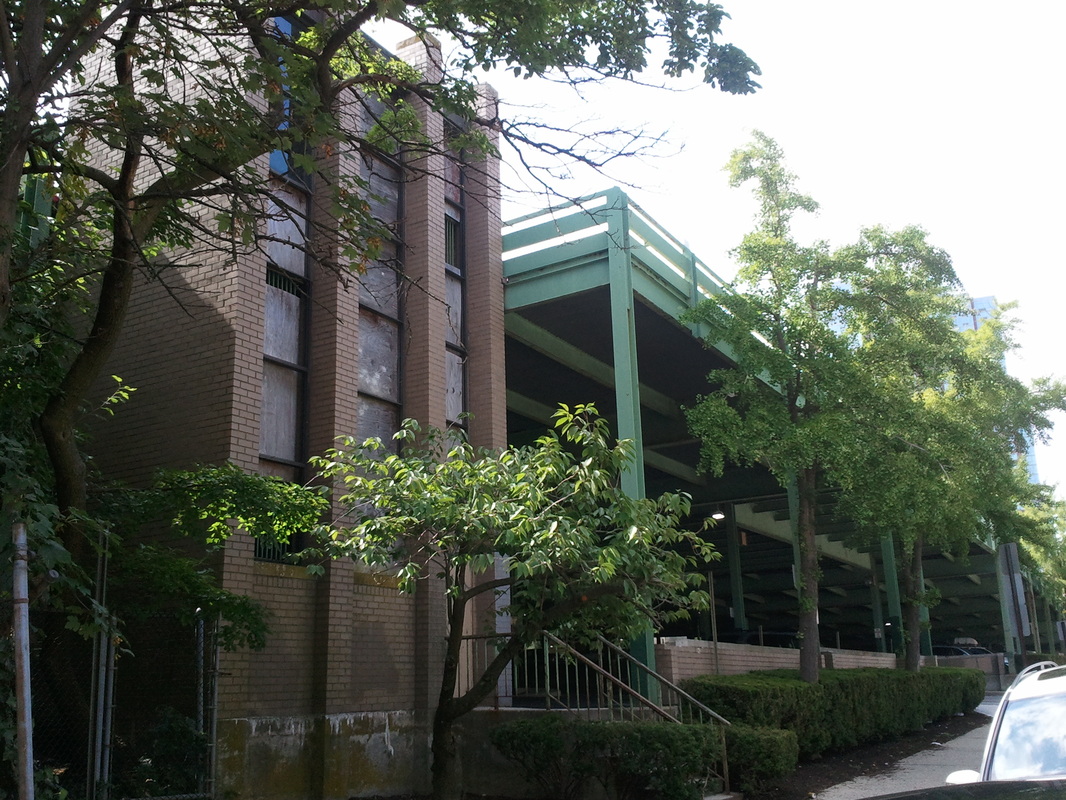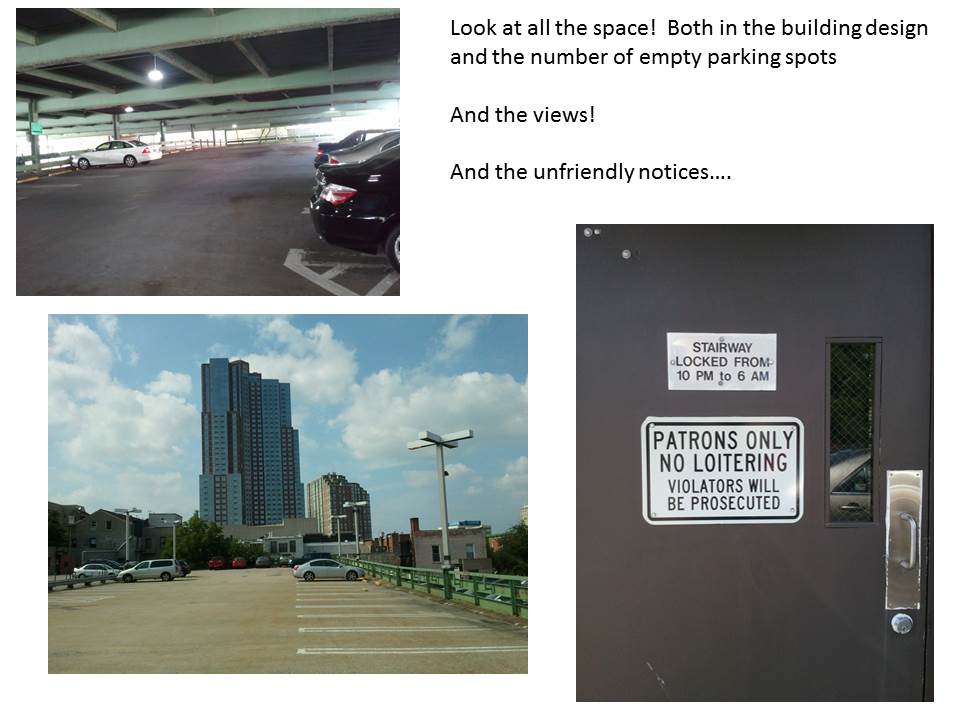We have pedestrians, cyclists, bikers - all action terms for people on the move.
Then we have cars, trucks, taxis, buses, trains, bicycles, motorbikes and the generic term traffic. These terms refer to inanimate objects being ridden or driven by people.
According to the National Household Travel Survey data from 2009 collected by US Department of Transportation US Highway Administration, the average occupancy of car trips is 1.55. It is lower for work: 1.13, and higher for recreation: 2.2 as would be expected. However you look at it, that's a LOT of trips taken with only the driver in the car. Trucks (excluding pickup trucks) average 1.1 occupants which comes in even lower than motorcycles with an average of 1.16.
So, with these figures in mind, how differently do we view the two sentences below?
- "It is important to keep traffic moving and design roads to reduce traffic congestion."
- "It is important to keep drivers moving and design roads to reduce driver congestion."
I'm not saying congestion doesn't matter but I do think we should be consistent with our terminology. We are talking primarily about the movement of people and I see no reason why a car - taking up more space and using up more energy - should be given priority over those of us choosing to travel on foot or by bicycle. And yet our roadways consistently give precedence to drivers. Let's remember that they are just people, just like the rest of us.



 RSS Feed
RSS Feed
